Home>Dining>Events & Etiquette>How Do Medieval Table Manners Compare To Modern Table Manners?
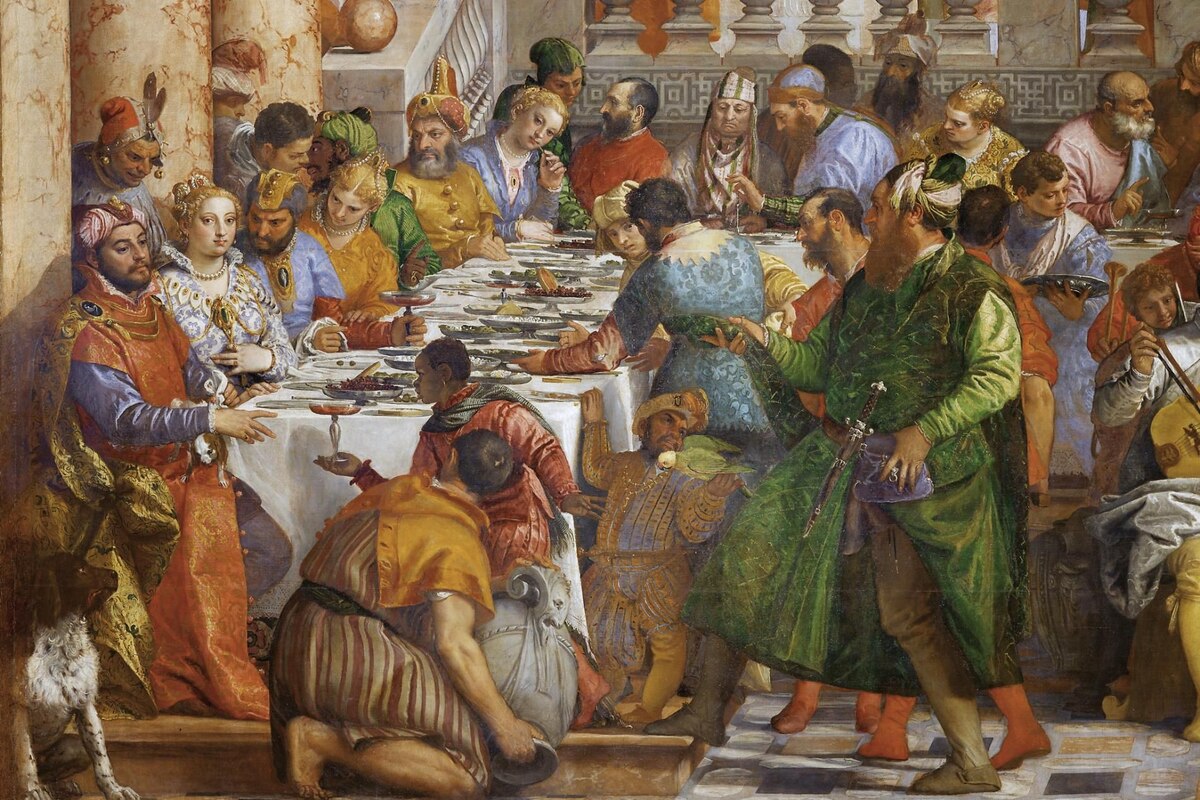

Events & Etiquette
How Do Medieval Table Manners Compare To Modern Table Manners?
Modified: January 4, 2024
Discover the fascinating comparison between medieval and modern table manners in this informative event and etiquette exploration.
(Many of the links in this article redirect to a specific reviewed product. Your purchase of these products through affiliate links helps to generate commission for Storables.com, at no extra cost. Learn more)
Introduction
From lavish banquets to intimate gatherings, table manners have long been an essential part of human interaction. They serve as a reflection of social norms, cultural values, and personal etiquette. While modern table manners have evolved over time to adapt to changing lifestyles and societal expectations, it’s intriguing to explore how they compare to the table manners of the medieval era.
The medieval period, spanning from the 5th to the 15th century, was characterized by a hierarchical social structure and a strong emphasis on courtly behavior. The table manners during this time were heavily influenced by the feudal system and the values of chivalry. In contrast, modern table manners have shifted towards a more egalitarian approach, focusing on inclusivity and respectful dining etiquette. By examining the similarities and differences between medieval and modern table manners, we can gain a deeper understanding of the evolution of societal norms and cultural practices.
In this article, we will delve into the history of medieval table manners, provide an overview of modern table manners, explore the similarities and differences between the two, discuss the cultural influences on table manners, and highlight the evolution of table manners over time.
Join us on this captivating journey through time as we compare the fascinating world of medieval table manners to our modern-day dining etiquette.
Key Takeaways:
- Table manners have evolved from the hierarchical and formal customs of the medieval era to the inclusive and respectful practices of the modern age, reflecting shifts in societal values and cultural influences.
- Cultural traditions shape table manners, with unique practices observed across different regions, emphasizing the importance of understanding and respecting diverse dining etiquette for harmonious interactions.
History of Medieval Table Manners
The medieval period was a time of great social stratification, with a clear distinction between the classes. This was reflected in the table manners of the era, which varied greatly depending on one’s social status. The dining rituals and etiquette practices were designed to maintain the social hierarchy and uphold the ideals of courtly behavior.
In noble households, dining was a highly formal affair. The noble class followed a set of elaborate table manners, known as “courtesy,” which emphasized decorum, refinement, and adherence to strict rules. Tables were adorned with lavish decorations, including embroidered tablecloths, silverware, and crystal goblets. The seating arrangement was meticulously planned, with the highest-ranking individuals seated closest to the host.
One of the key aspects of medieval table manners was the concept of “hands-off” dining. Cutlery as we know it today was not widely used during this period. Instead, people primarily used their hands to eat, with bread serving as a versatile utensil. Guests were expected to use a piece of bread, known as a “trencher,” to hold and scoop up food. However, it was considered impolite to touch the food directly with one’s fingers, and the use of knives, spoons, and forks gradually became more common among the upper classes.
Manners at the medieval table were also governed by strict rules of conduct. Guests were expected to eat in a dignified and composed manner, displaying self-control and moderation. Talking with one’s mouth full, slurping, and belching were frowned upon, as they were seen as signs of gluttony and lack of refinement. Chewing food thoroughly was considered a mark of good breeding, and guests were encouraged to take small, polite bites.
Additionally, medieval table manners were influenced by the concept of courtly love and chivalry. Behaving courteously towards women was highly valued, with men expected to assist their female companions at the table, serving them with chivalry and respect. It was also common for nobles to engage in elaborate displays of generosity and hospitality, such as offering guests the best cuts of meat or sharing rare delicacies.
The dining experience in medieval times was more than just a means of sustenance. It was a performance, a display of social status, and an opportunity to showcase one’s wealth and refinement. The rules and customs surrounding medieval table manners were designed to reinforce the social order, maintain decorum, and reinforce the ideals of courtly behavior.
Overview of Modern Table Manners
In the modern era, table manners have evolved to align with changing societal values and cultural norms. While some formal dining occasions still maintain traditional etiquette practices, the overall approach to dining has become more relaxed and inclusive. Modern table manners emphasize respect, consideration for others, and a focus on creating a pleasant and enjoyable dining experience for all.
One of the fundamental aspects of modern table manners is the use of utensils. Unlike the medieval period, where hands were the primary eating tools, modern dining etiquette encourages the use of knives, forks, and spoons. Cutlery is used to convey food to the mouth in a polite and efficient manner, ensuring cleanliness and hygiene. The placement of utensils on the table, such as the positioning of the fork and knife when finished, also carries significance to signal to the server that the meal is complete.
Another important aspect of modern table manners is the consideration of others. It is customary to wait for everyone to be served before starting to eat, or to wait for a host or guest of honor to begin the meal. This practice ensures that everyone can enjoy the meal together and fosters a sense of unity and camaraderie.
Etiquette surrounding conversation during meals has also undergone changes in modern times. While engaging in conversation is encouraged, it is considered polite to avoid discussing controversial or sensitive topics that may make others uncomfortable. Additionally, the use of electronic devices at the table, such as cell phones, is generally discouraged as it can be seen as disrespectful and disruptive to the dining experience.
Modern table manners also place emphasis on proper handling of utensils and plates. It is customary to hold utensils appropriately, without using them as weapons or playing with them. Chewing with one’s mouth closed, taking small, manageable bites, and avoiding loud or disruptive noises while eating are also considered good manners.
Inclusive practices have become essential in modern table manners, with a focus on accommodating dietary restrictions, allergies, and cultural preferences. Hosting a diverse group of guests requires being mindful of their dietary needs and offering appropriate options. Additionally, being attentive to others’ needs, such as passing dishes and taking turns in conversation, helps create a harmonious and enjoyable dining experience.
Overall, modern table manners emphasize respect, consideration, and inclusivity. They are designed to create a comfortable and enjoyable dining experience for all individuals, regardless of their background or social status. These contemporary practices reflect the values of equality, diversity, and adaptability that are characteristic of our modern society.
Similarities between Medieval and Modern Table Manners
Despite the significant differences in social structures and cultural contexts between the medieval and modern eras, there are some surprising similarities that can be found in table manners. These commonalities reflect certain timeless values and universal principles of etiquette that have withstood the test of time.
One prominent similarity is the emphasis on table manners as a means of social decorum and etiquette. Both in medieval times and today, table manners serve as a way to demonstrate respect for others, maintain order, and create a pleasant dining experience. In both periods, there is an expectation of proper behavior at the table, including using utensils appropriately, practicing good hygiene, and engaging in polite conversation.
Another shared aspect is the importance of punctuality and respecting the dining schedule. In medieval times, dinner was a structured event that followed a strict timetable, and being late was seen as disrespectful. Similarly, today, it is considered good manners to arrive on time for a meal or inform the host in advance if there will be a delay. This demonstrates consideration for others and helps to ensure a smooth and enjoyable dining experience.
Both medieval and modern table manners also emphasize the idea of communal dining and the concept of sharing. In medieval times, nobles would often invite guests to feast together, showcasing their generosity and hospitality. Today, while the scale may differ, the act of sharing food and inviting others to dine together is still seen as a gesture of warmth and inclusivity. Whether it’s passing dishes around the table or offering a bite to a dining companion, the spirit of sharing food remains a common thread in table manners across time.
Additionally, the practice of limiting excessive noise and maintaining a certain level of decorum while eating is another shared aspect. In medieval times, loud or disruptive behavior at the table was looked down upon, as it was seen as a sign of ill breeding. Today, modern table manners also encourage individuals to chew with their mouths closed, avoid slurping or belching, and engage in respectful conversation without interrupting others. These practices help maintain a pleasant dining environment and demonstrate consideration for others.
Furthermore, the concept of hosting and showing hospitality is something that is valued in both medieval and modern table manners. In the medieval period, lords and nobles would go to great lengths to impress their guests, offering them the best food and drink available. Today, hosts strive to create a welcoming and comfortable atmosphere for their guests, ensuring their needs are met and making them feel at ease. Whether it’s through the selection of dishes, the arrangement of the table, or the attentive service, the host’s role in creating a memorable dining experience is an enduring aspect of both medieval and modern table manners.
While there are certainly many differences between medieval and modern table manners, it is fascinating to discover these shared elements that connect us to our past and remind us of the timeless principles of etiquette that have guided social interaction for centuries.
In medieval times, table manners were much more relaxed and often involved eating with hands. In modern times, utensils and proper etiquette are expected.
Differences between Medieval and Modern Table Manners
The differences between medieval and modern table manners are vast and reflect the significant shifts in societal values, cultural norms, and dining practices over the centuries. These distinctions highlight the evolution of etiquette and provide insights into the changing ways in which people interact and dine.
One stark difference is the formality of dining in the medieval era compared to the more relaxed and casual approach of modern dining. In medieval times, dining was a highly formal affair, with intricate rituals and elaborate codes of conduct. The hierarchical structure of society was mirrored in the seating arrangements and protocols followed at the table. In contrast, modern table manners have embraced a more egalitarian approach, emphasizing inclusivity and making guests feel at ease. Today, formal dining occasions often still maintain certain etiquette practices, but the overall tone is less rigid and more focused on creating a comfortable atmosphere.
The use of utensils is another notable difference between medieval and modern table manners. In the medieval period, utensils were not widely used, with the primary tools for eating being one’s hands and a piece of bread. As time progressed, the use of knives, forks, and spoons became more common among the upper classes. In the modern era, utensils are a standard part of dining etiquette, with specific rules on their use and placement. The availability and variety of utensils have also increased, enabling individuals to enjoy a wider range of foods and techniques while dining.
Furthermore, changes in societal standards and cultural norms have led to differences in conversation practices during meals. In medieval times, dinner conversation was often formal and limited to specific topics deemed suitable for the occasion. It was customary for the host or the highest-ranking individual to initiate the conversation, and guests would generally follow their lead. In modern times, however, conversation during meals is more relaxed and open-ended. Engaging in casual and diverse conversations is encouraged, with the focus being on fostering connections and building relationships.
The concept of table manners as a reflection of social hierarchy has also shifted in the modern era. In medieval times, table manners were directly tied to one’s social status and class, with the nobles adhering to elaborate rules and expectations. Today, while certain formal occasions may still observe hierarchical seating arrangements and etiquette, modern table manners prioritize treating all individuals with respect and equality, regardless of their social standing.
Another significant difference lies in the role of women at the table. In medieval times, women were often relegated to secondary positions, and their presence at the dining table was largely determined by social norms and customs. While their participation and importance were acknowledged, they were not always given equal status. In modern table manners, the role of women has evolved to be more inclusive and egalitarian. Women are now recognized as equal participants at the table and are afforded the same courtesies and considerations as their male counterparts.
Additionally, the influence of technology is a key distinction between medieval and modern table manners. In the medieval era, dining was a time for face-to-face interaction and focused engagement. In contrast, the prevalence of electronic devices, such as smartphones, has introduced new challenges to modern dining etiquette. The use of these devices at the table is generally seen as an infringement on social interaction and can be perceived as rude or disengaging.
These differences between medieval and modern table manners reflect the evolving cultural values, societal norms, and technological advancements that have shaped our dining experiences. While some customs have changed drastically, others have endured or been adapted to suit the needs and preferences of contemporary society.
Read more: How Do Mexicans Set A Dinner Table: Manners
Cultural Influences on Table Manners
Table manners are not only shaped by societal and historical factors, but they are also deeply influenced by cultural traditions and customs. Different cultures around the world have unique practices and expectations when it comes to dining etiquette, which reflect their values, beliefs, and social norms.
In Western cultures, including Europe and North America, table manners have been heavily influenced by the concept of individualism. There is an emphasis on personal space, privacy, and the practice of eating with utensils. Forks, knives, and spoons are commonly used to convey food to the mouth, and eating with one’s hands is generally reserved for informal settings or specific dishes. Additionally, the concept of punctuality is highly valued, and arriving on time for a meal is seen as a sign of respect for the host and the other guests.
In contrast, many Asian cultures have their own unique set of dining customs and rituals. In countries like Japan and China, food is often prepared and served in communal dishes, and sharing from those dishes is a common practice. Chopsticks are the primary eating utensils, and there are specific rules and techniques for using them correctly. A notable aspect of Asian table manners is the emphasis on using chopsticks to serve others before serving oneself, which reflects the value placed on communal harmony and putting others’ needs before one’s own.
The Middle Eastern and African cultures also have distinct influences on their table manners. In Middle Eastern cultures, communal dining is an essential aspect of hospitality. Dishes are often served in large platters or trays, and it is customary to eat with the right hand, as the left hand is considered unclean. Sharing food with others, expressing gratitude, and showing generosity are highly valued aspects of Middle Eastern dining etiquette. African table manners vary across different regions but often prioritize hospitality, communal eating, and using one’s hands to enjoy the food.
Religious beliefs also play a significant role in shaping table manners. For example, in the Jewish tradition, kosher dietary laws dictate what can and cannot be consumed, as well as the proper way to handle and prepare food. Islamic dietary restrictions, known as halal, influence the selection of permissible ingredients and the method of slaughter. These religious customs are closely tied to table manners and guide how individuals approach food, preparation, and consumption.
Furthermore, cultural norms surrounding dining etiquette extend beyond the individual act of eating. Gestures of politeness, such as thanking the host, complimenting the food, and offering to help with cleanup, vary across cultures but are commonly seen as expressions of gratitude and respect. Modesty in one’s portion size, striving not to waste food, and avoiding leaving an empty plate to indicate satisfaction are also cultural influences observed in many societies.
It is essential to recognize and respect cultural differences in table manners, especially when dining in diverse settings or visiting other countries. Understanding and appreciating these cultural influences can help individuals navigate different dining experiences, foster cultural understanding, and promote respectful interactions at the table.
Evolution of Table Manners over Time
Table manners have undergone a remarkable evolution throughout history, reflecting the changes in societal norms, cultural influences, and advancements in dining practices. From the strict protocols of the medieval period to the more casual and inclusive approach of the modern era, the evolution of table manners offers insights into the ever-changing dynamics of human interaction and dining etiquette.
In ancient civilizations, such as ancient Greece and Rome, dining was a social affair that involved elaborate feasts and banquets. However, the concept of table manners as we know it today was not as formalized during this time. While specific customs and courtesies were observed, such as washing hands before meals and using utensils, the emphasis was more on the abundance of food and the enjoyment of gathering with friends and family.
With the introduction of courtly behavior in the medieval period, table manners became more regulated, elaborate, and symbolic of social hierarchy. Manners at the table were influenced by the ideals of chivalry, the feudal system, and the codes of conduct followed by the nobility. The use of hands, bread, and eventually utensils, as well as the importance placed on decorum and polite conversation, became defining features of medieval table manners.
The Renaissance period brought about a shift in table manners as increased trade and exploration led to the introduction of new foods and culinary techniques. The dining experience became more refined, with an emphasis on aesthetics, fine dining, and lavish displays of wealth. Etiquette manuals were published during this period, providing guidelines on table manners and behavior, which helped to standardize dining practices among the social elites.
The 18th and 19th centuries marked another significant turning point in table manners. The Age of Enlightenment and the rise of the middle class led to a greater emphasis on egalitarian values and a more relaxed approach to dining etiquette. The use of utensils became more widespread, and individual plates were introduced, replacing the communal eating practices of earlier eras. The Victorian era, known for its strict codes of conduct and formal dining occasions, further influenced the refinement of table manners and the introduction of elaborate table settings and multiple-course meals.
As the 20th century progressed, table manners continued to adapt to changing lifestyles and evolving social norms. The rise of the fast-food industry and the busyness of modern life led to a shift towards more casual dining experiences. Informal settings, communal dining, and shared plates became more prevalent, with an emphasis on creating a relaxed and enjoyable atmosphere.
The influence of globalization and multiculturalism in recent decades has also contributed to the evolution of table manners. As people from diverse backgrounds come together, cultural practices and dining customs have intermingled, resulting in a more inclusive and varied dining experience. Increased awareness of dietary preferences, food allergies, and ethical choices has further shaped contemporary table manners, with a focus on accommodating and respecting individual needs.
Technology’s impact on table manners cannot be overlooked. The rise of smartphones and other electronic devices has introduced new challenges to dining etiquette, with individuals often finding themselves divided between physical and virtual interactions. Establishing boundaries and practicing digital etiquette at the table have become important considerations in the modern age.
The evolution of table manners highlights our ever-changing relationship with food and the ways in which we navigate social and cultural dynamics. From the rigid codes of the medieval period to the flexibility and inclusivity of modern dining, table manners continually adapt and reflect the values of the times. As society continues to evolve, so too will our expectations and practices surrounding dining etiquette.
Conclusion
The comparison of medieval and modern table manners reveals a fascinating journey through time and cultural transformations. From the highly formal and hierarchical customs of the medieval period to the inclusive and relaxed practices of the modern era, table manners have evolved alongside shifts in societal values, cultural influences, and technological advancements. The exploration of these differences and similarities provides valuable insights into the evolution of etiquette and the ways in which we interact and dine.
While medieval table manners emphasized courtly behavior, social hierarchy, and intricate protocols, modern table manners prioritize inclusivity, respect, and creating a pleasant dining experience for all. The use of utensils, restrictions on noisy or disruptive behavior, and the consideration of others’ needs are hallmark principles that have carried over from the past to the present.
Cultural influences have played a significant role in shaping table manners, with unique practices observed in different regions and traditions. From Asian customs like communal dining and the use of chopsticks to Middle Eastern customs of hospitality and African traditions of eating with hands, these cultural influences have enriched the tapestry of table manners and highlight the importance of understanding and respecting diverse dining etiquette.
The evolution of table manners over time underscores the changing dynamics of human interaction and dining practices. From ancient civilizations to the modern age, table manners have shifted to accommodate advancements in technology, changes in social structures, and the values and beliefs of each era. As society continues to evolve, our table manners will undoubtedly continue to adapt and reflect the shifting norms and preferences of future generations.
Understanding and practicing table manners is not just about following a set of rules; it is about showing respect, consideration, and creating a harmonious dining experience. By embracing the lessons of the past and incorporating them with the principles of the present, we can navigate the complexities of modern dining with grace and appreciation for the rich history of table manners.
So, whether you find yourself in a medieval feast or a contemporary dinner party, remember that table manners are more than just a set of guidelines – they are a reflection of our shared values, cultural diversity, and the art of respectful interaction.
Frequently Asked Questions about How Do Medieval Table Manners Compare To Modern Table Manners?
Was this page helpful?
At Storables.com, we guarantee accurate and reliable information. Our content, validated by Expert Board Contributors, is crafted following stringent Editorial Policies. We're committed to providing you with well-researched, expert-backed insights for all your informational needs.
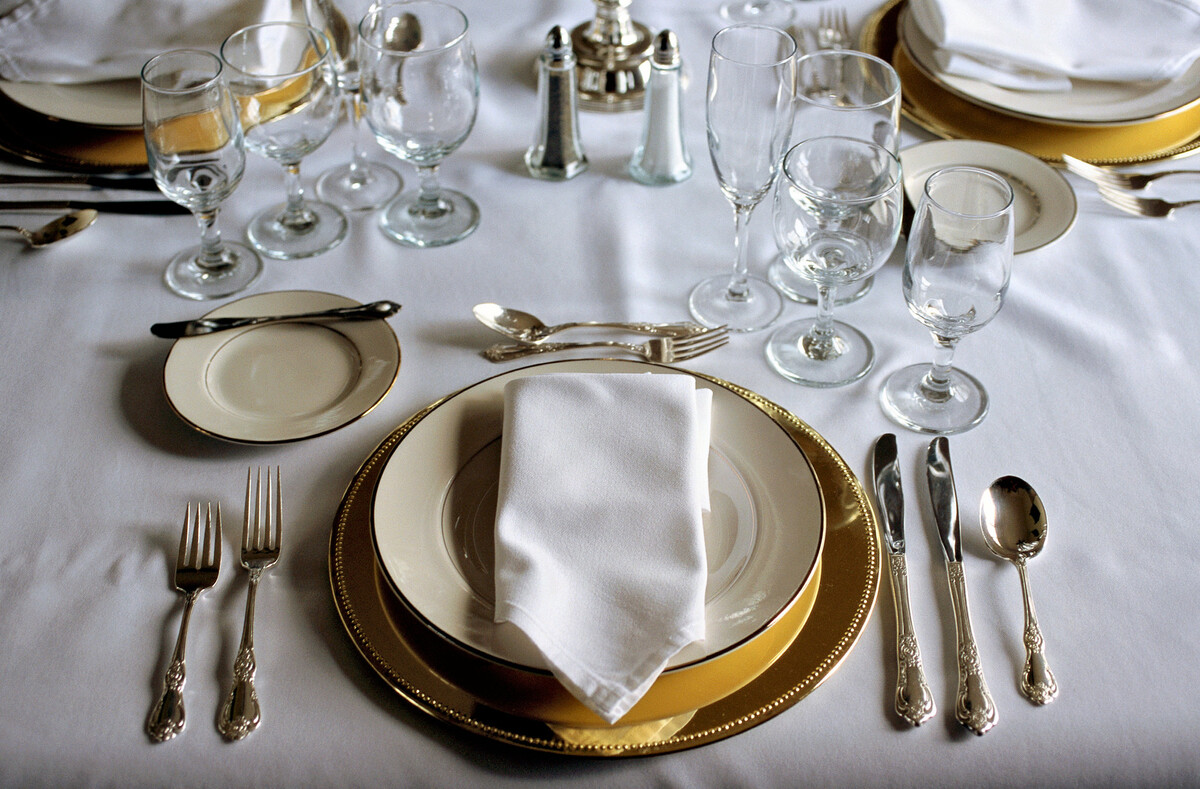
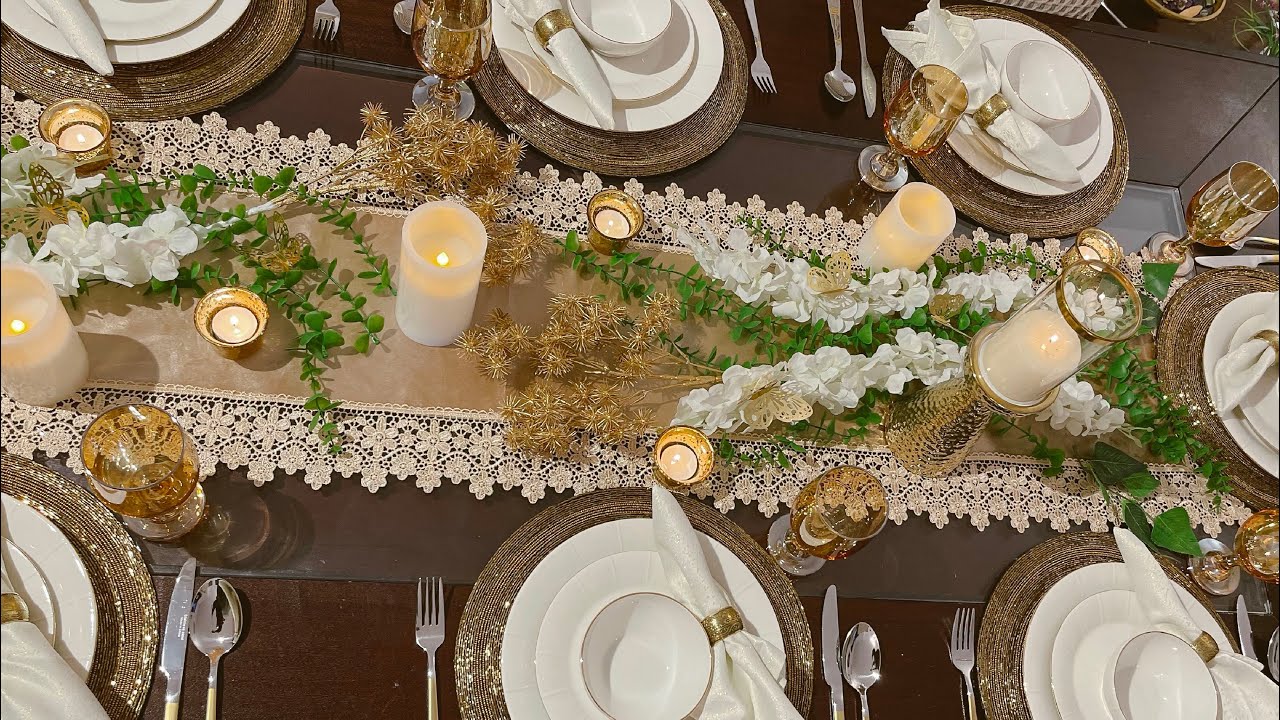
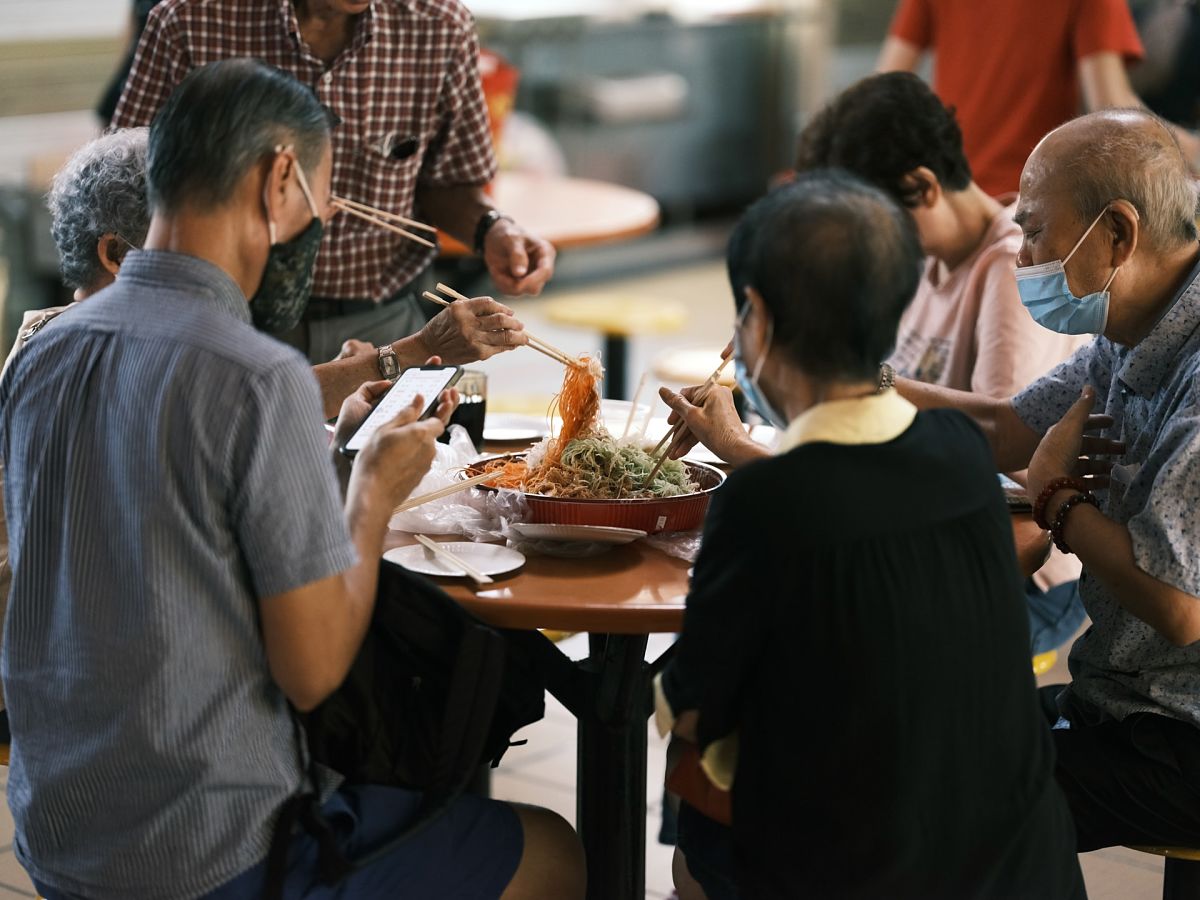

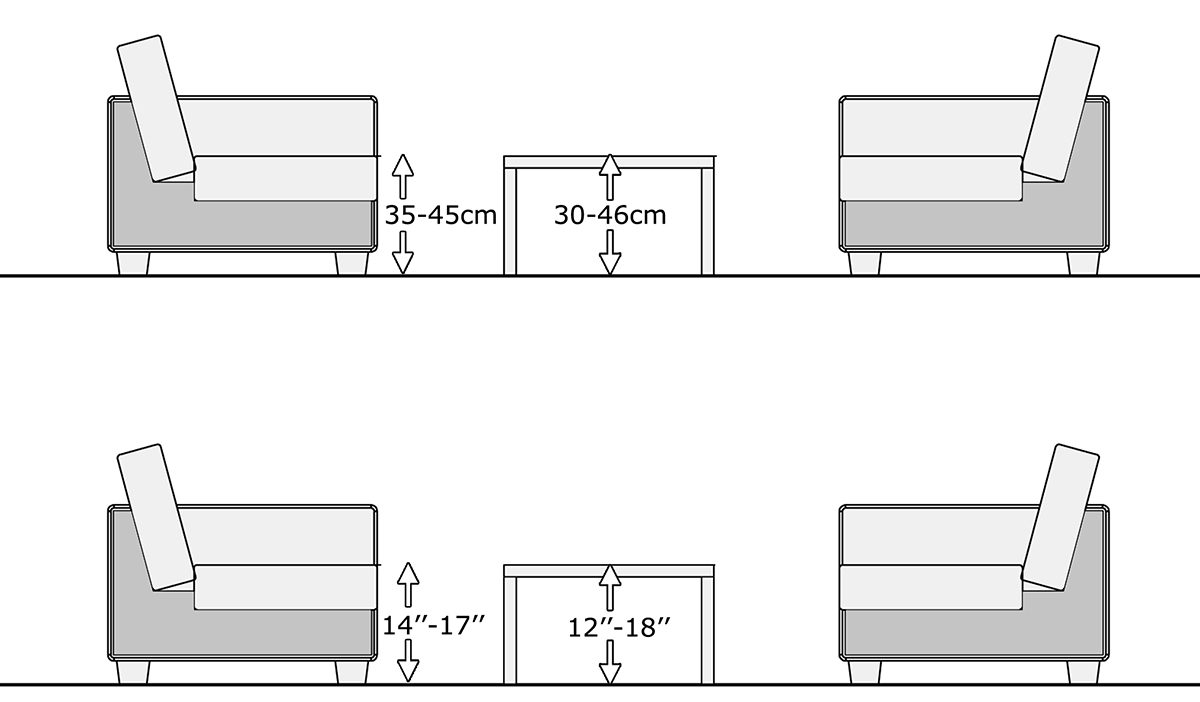
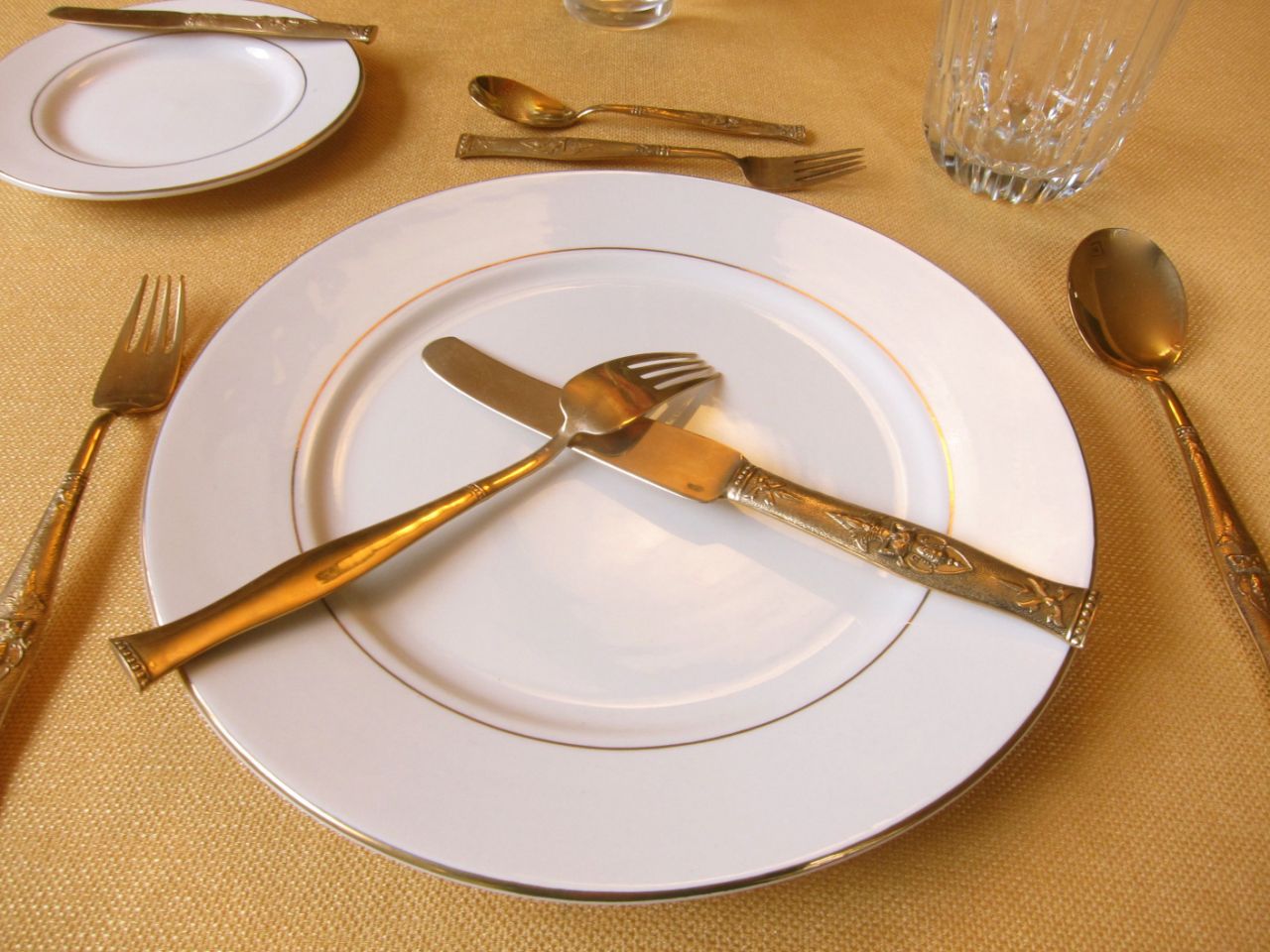
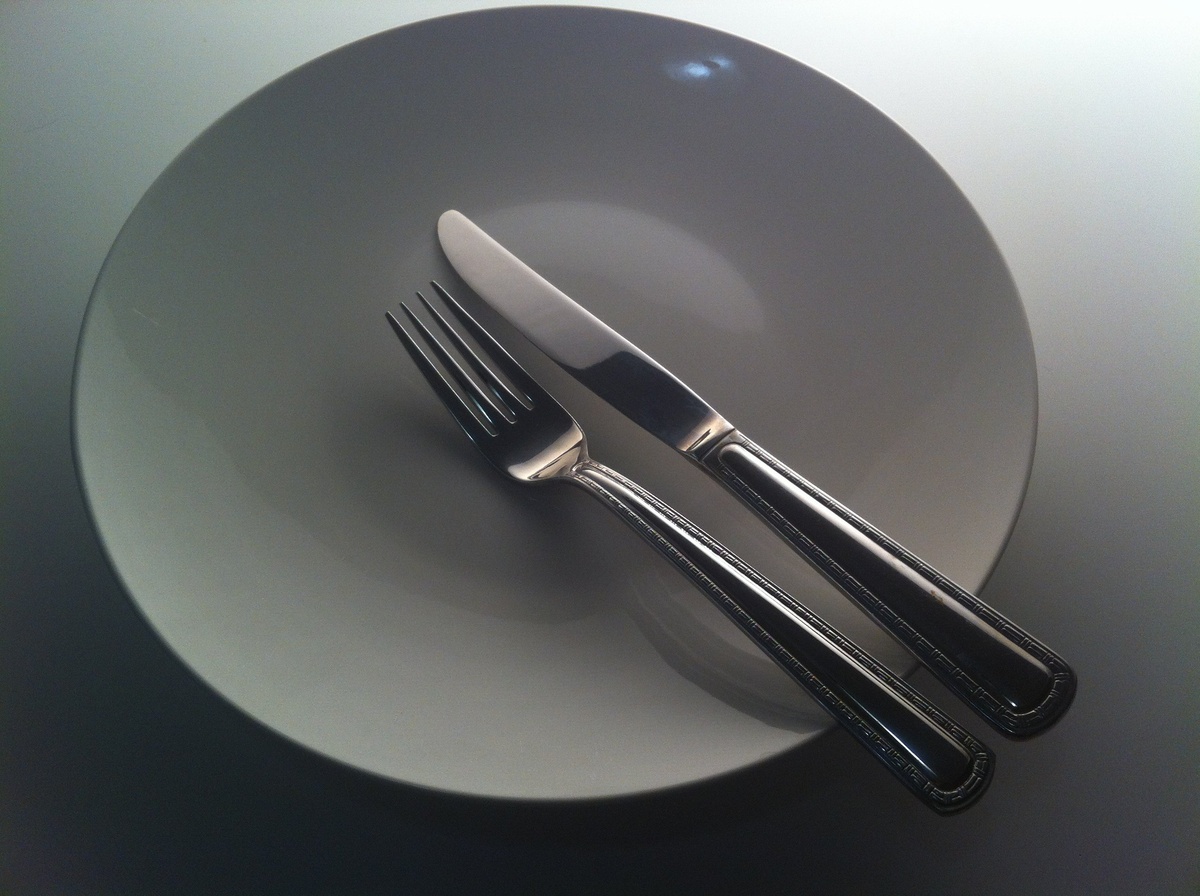

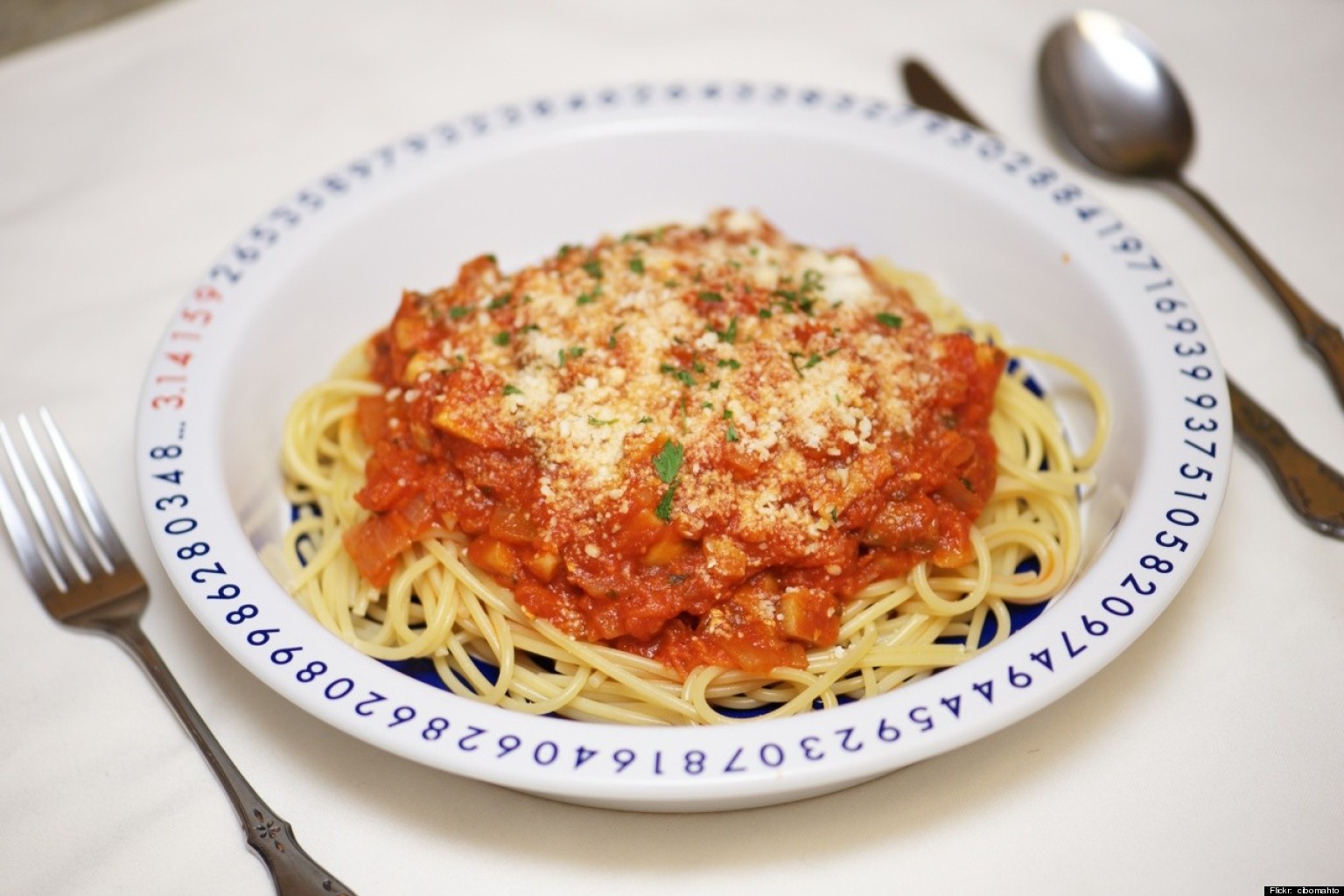
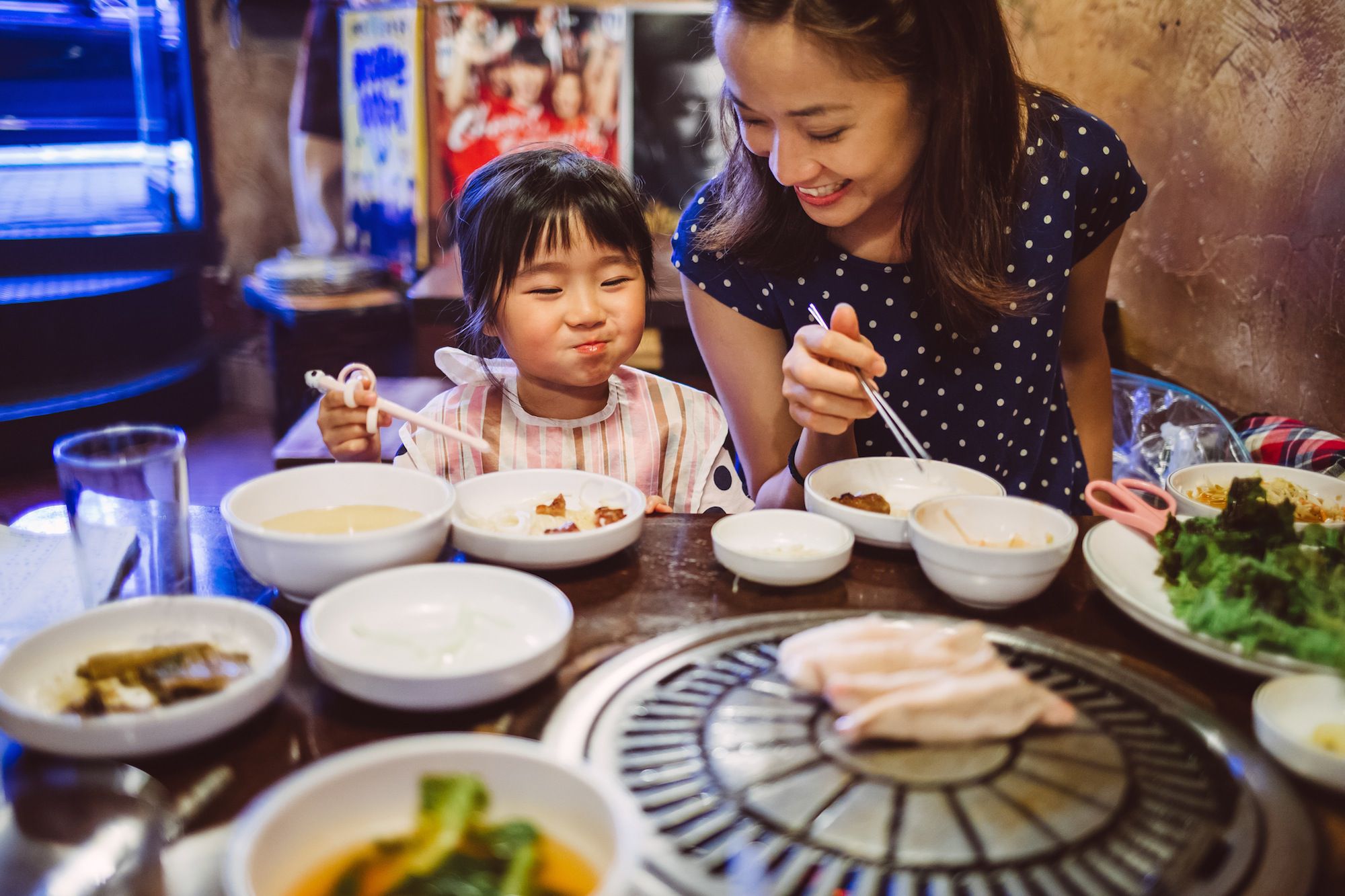

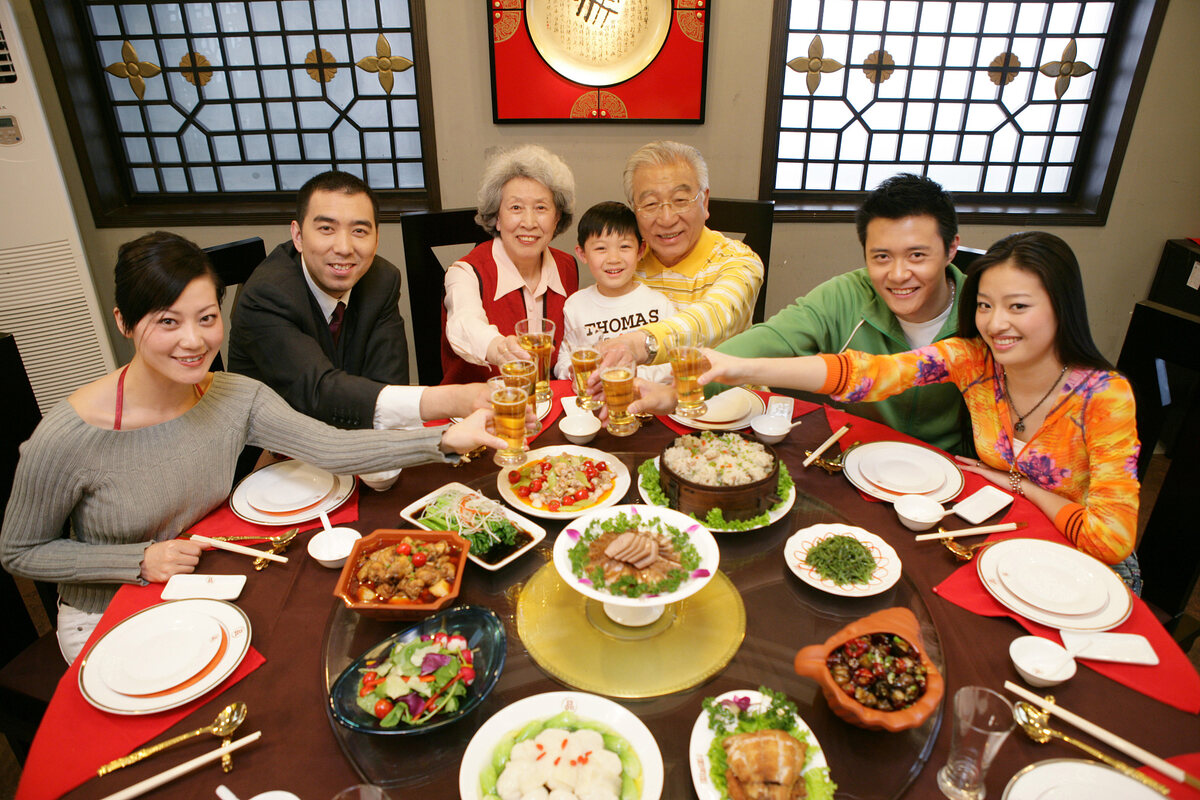
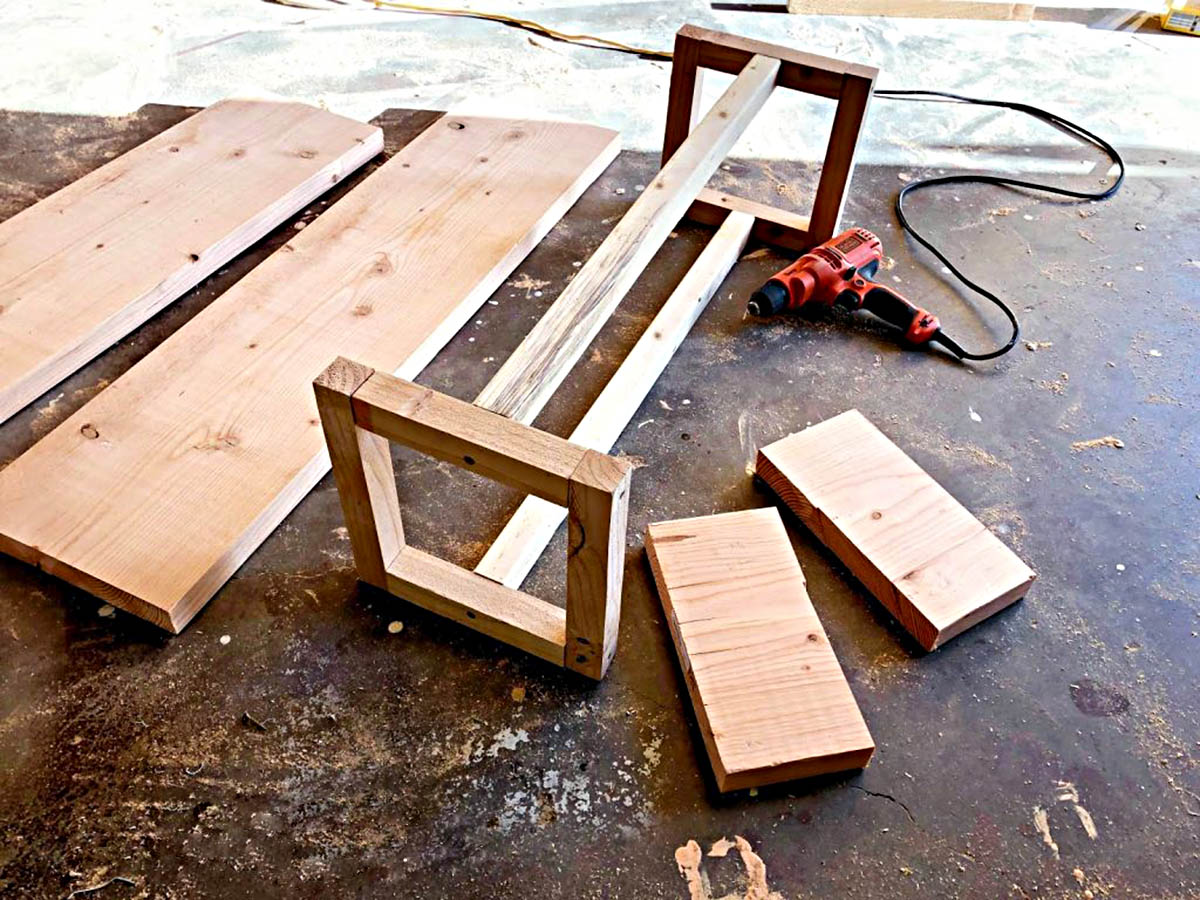
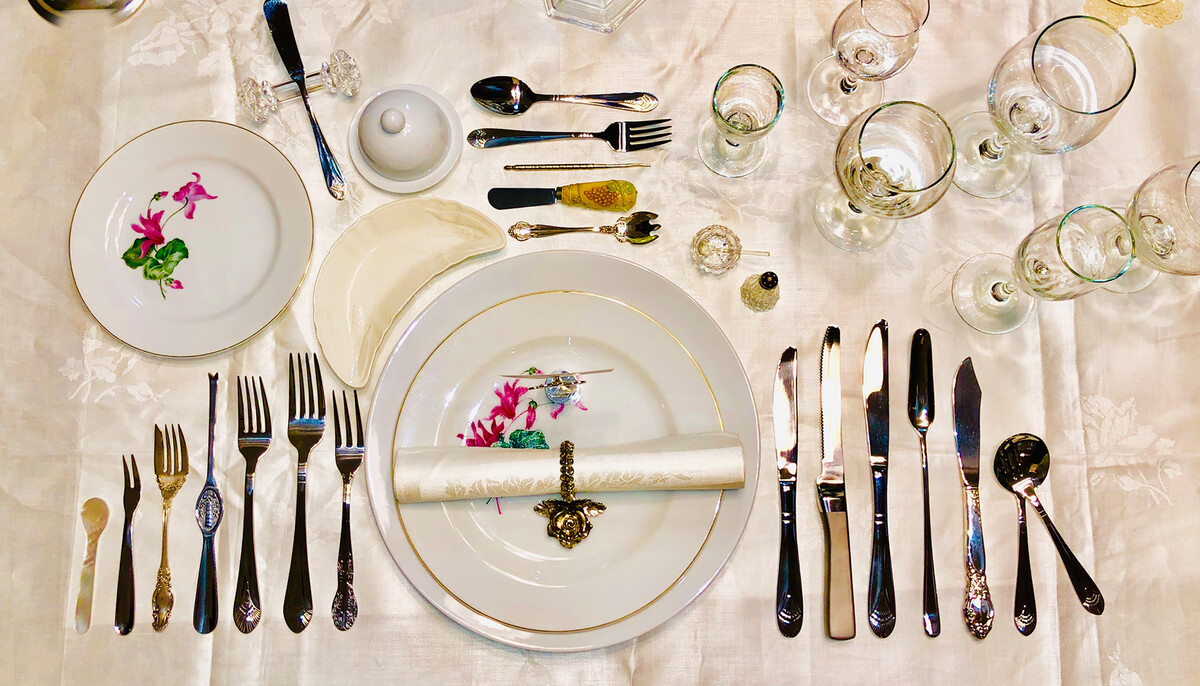

0 thoughts on “How Do Medieval Table Manners Compare To Modern Table Manners?”